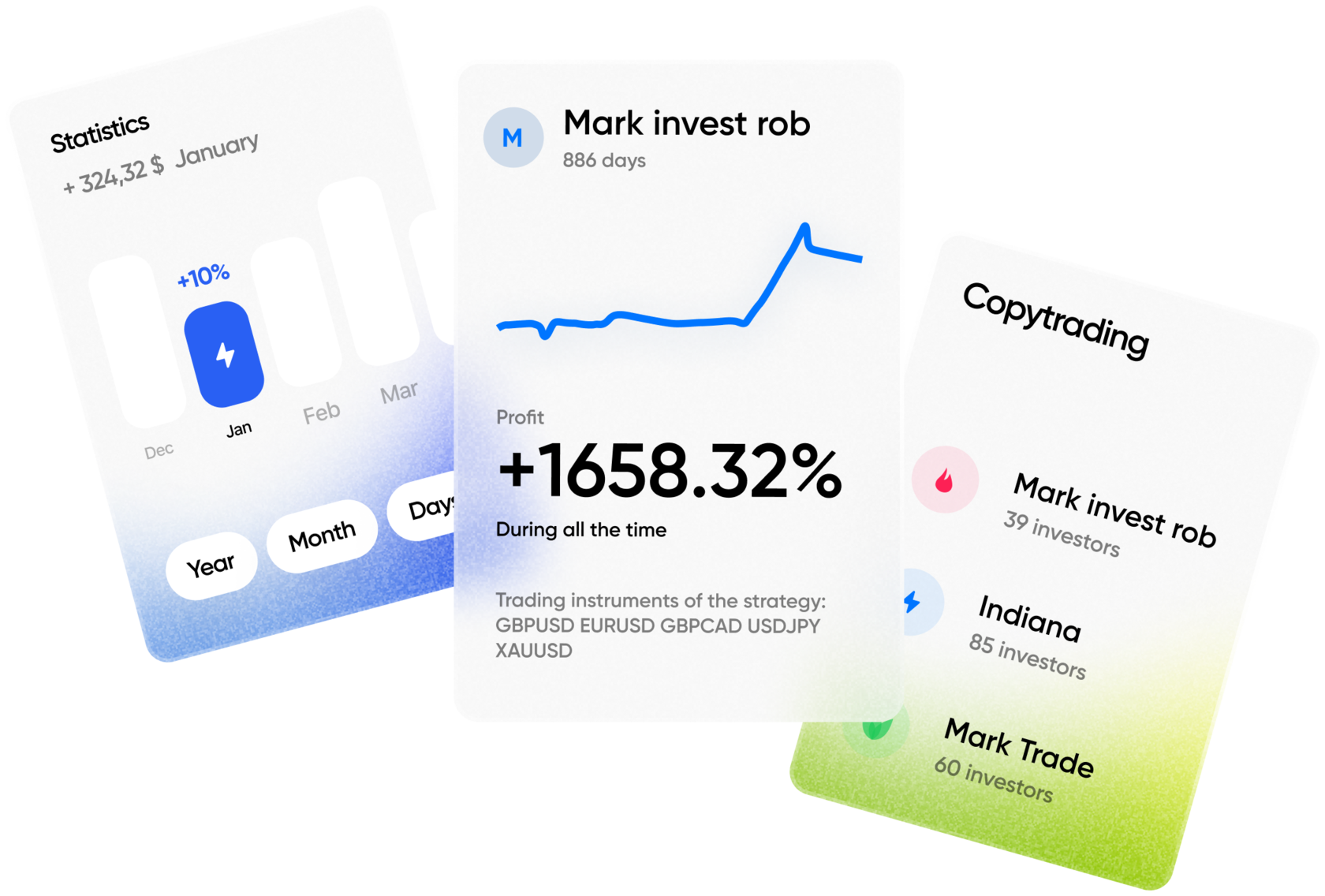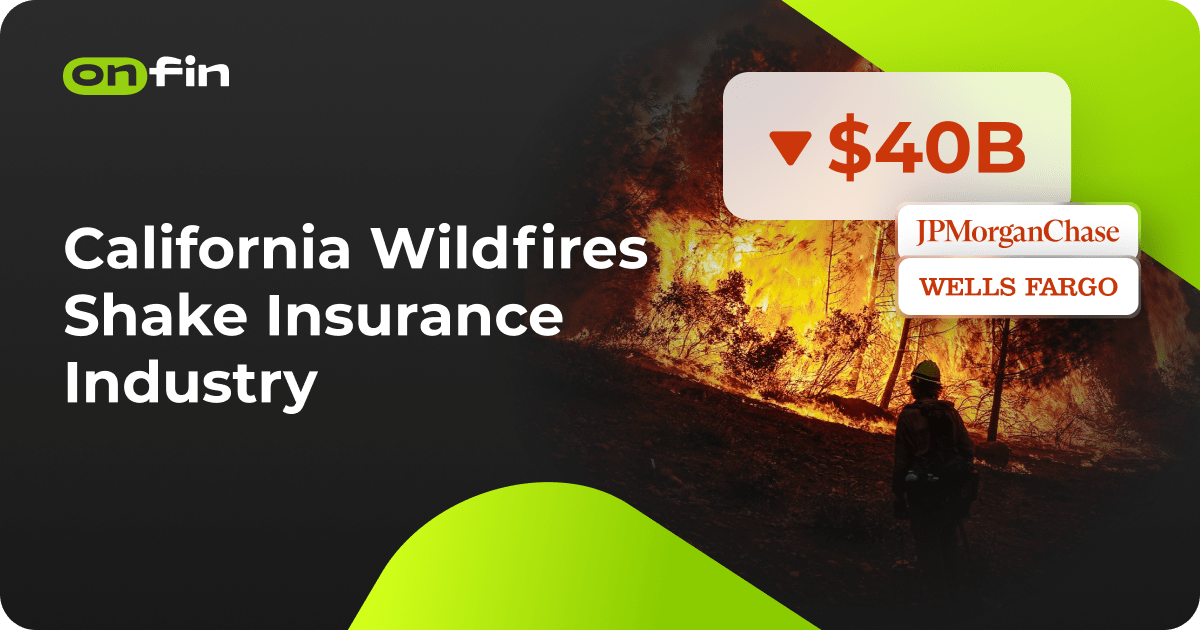The devastating wildfires in Los Angeles, California, have become one of the most serious challenges for the insurance industry in recent years. The enormous damage inflicted on residential and commercial properties has forced insurance companies to make record payouts. According to estimates by Wells Fargo and Goldman Sachs, the insured losses could reach $30 billion, and when accounting for uninsured damages, the total losses may exceed $40 billion, reports ABC News.
Experts emphasize that these fires, which started on January 7, 2025, have already entered the record books as the costliest in California’s history. Given their economic impact relative to the current state of the U.S. economy, the event is expected to rank among the top 20 most expensive natural disasters in the U.S. in terms of losses as a percentage of the country’s GDP.
Impact on the Insurance Industry
The financial strain will be felt across the insurance market, including companies providing standard home insurance and those specializing in unique risks. Reinsurers, which traditionally take on part of the financial burden in such situations, will also be forced to pay significant sums, which could impact their financial stability.
Additional pressure is being placed on insurance companies due to the high cost of construction, which has remained elevated since the pandemic. The rising prices of construction materials and contractor services could further increase the total losses, complicating the recovery process.
Risks to the Region’s Economy
The economic impact extends well beyond the insurance industry. The reconstruction of the damaged infrastructure will require significant financial investments from both government and private sectors. Moreover, the increase in property insurance premiums in the affected areas may reduce access to insurance for residents, which, in turn, could slow down the recovery process.
Prospects and Measures
Local and federal authorities are considering the possibility of allocating additional subsidies to support affected residents and businesses. At the same time, many experts are calling for a reassessment of the current model for managing natural risks, including the implementation of modern monitoring and fire warning technologies.
Thus, the historic wildfires in California serve as a wake-up call not only for the insurance industry but also for the entire region’s economy. The event raises important questions about preparedness for natural disasters and the need for long-term investments in resilient infrastructure.







